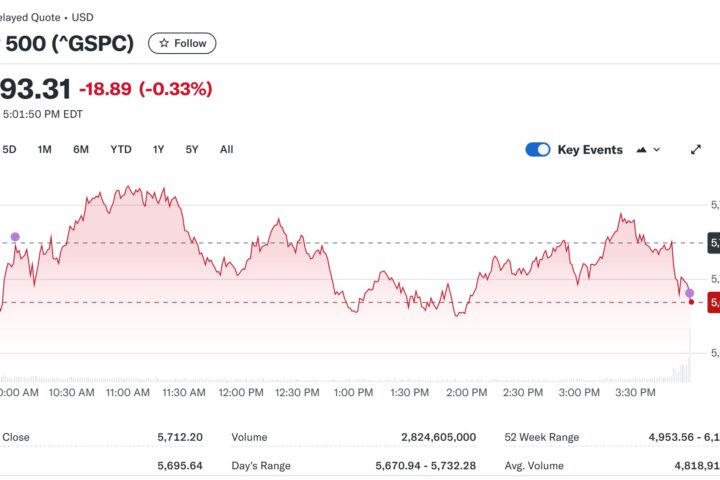Washington University researchers have made a groundbreaking discovery, identifying associations between genetic risks and behaviors that may influence mental health in adolescents. This breakthrough paves the way for early prevention strategies.
Key Findings:
- Genetic links to screen time, stressful life events, and impulse control problems.
- Associations between genetic risks and behaviors potentially influencing mental health.
- Polygenic scores reveal connections between genetic markers and psychiatric disorders.
The “Big Trawl” Approach:
Using a phenome-wide association study (PheWAS), researchers analyzed 1,300-1,700 phenotypes, including:
- Behavioral problems
- Psychotic-like experiences
- Screen time
- Caffeine consumption
Expert Insights:
“We’re casting a wide net to identify genetic risks and behaviors… This approach helps us understand the development of psychiatric disorders.” – Nicole Karcher, Assistant Professor of Psychiatry
Implications and Future Directions:
- Early prevention strategies for mental health issues.
- Targeted interventions for at-risk youth.
- Improved understanding of genetic influences on behavior.
Reference:
[Include study title, authors, publication, and DOI]
Related Articles:
- Genetic Research in Mental Health: Recent Advances
- Teen Mental Health: Breaking Down Stigmas and Barriers
- The Intersection of Genetics and Environment in Youth Behavior
Share Your Thoughts:
How do you think genetic research will impact mental health prevention and treatment? What potential applications do you see for this breakthrough in adolescent mental health?

















